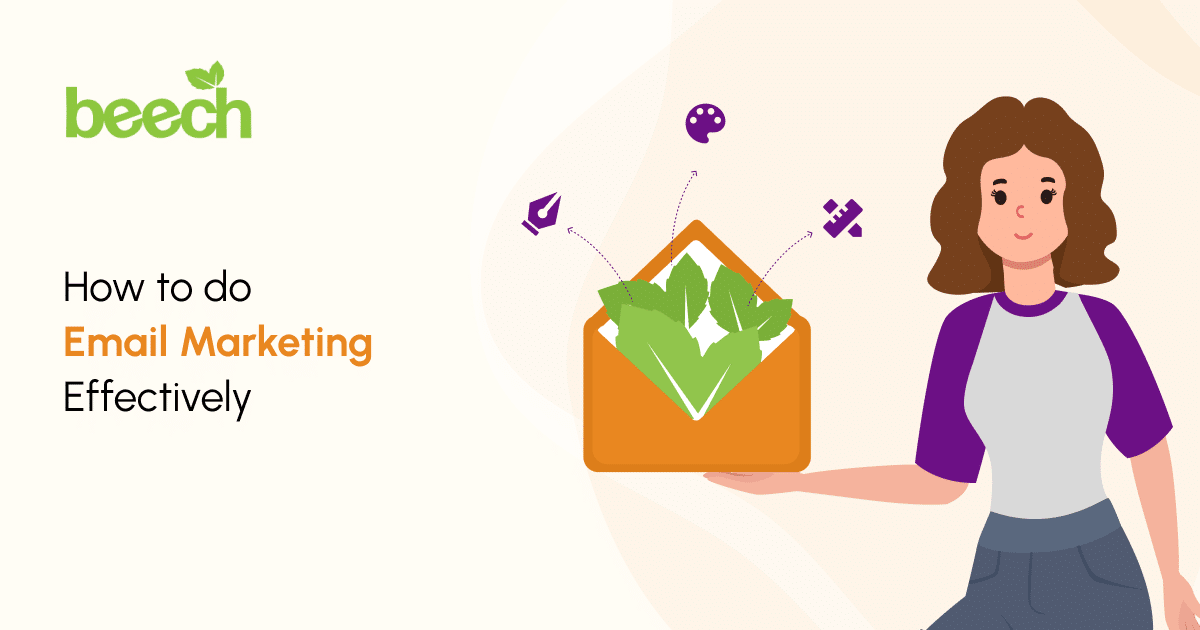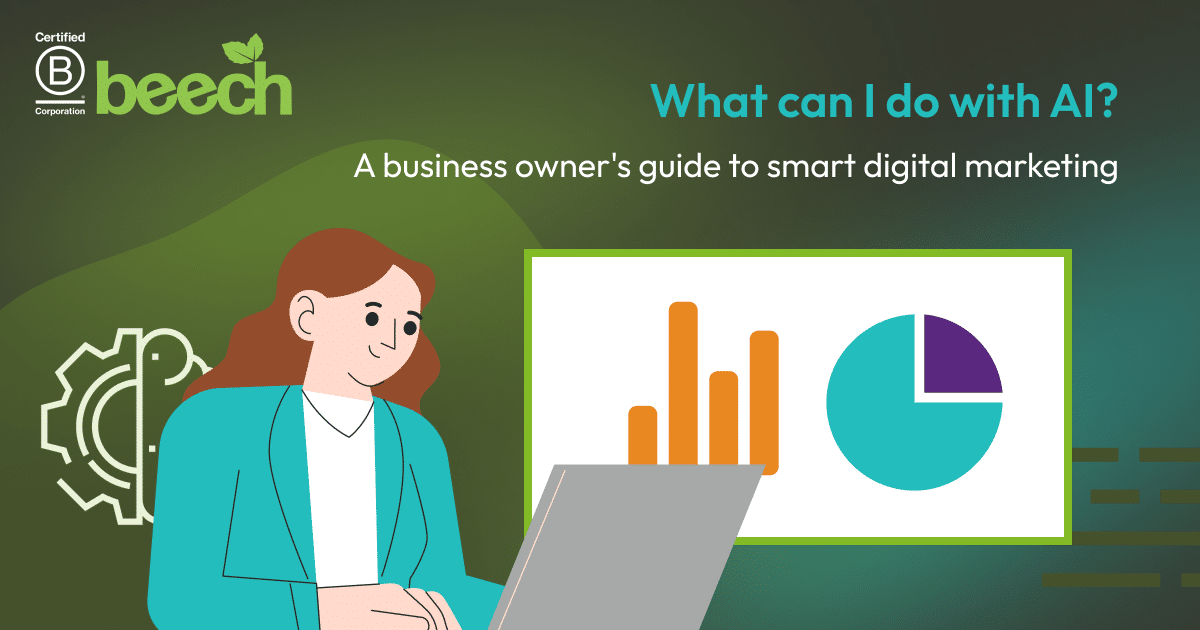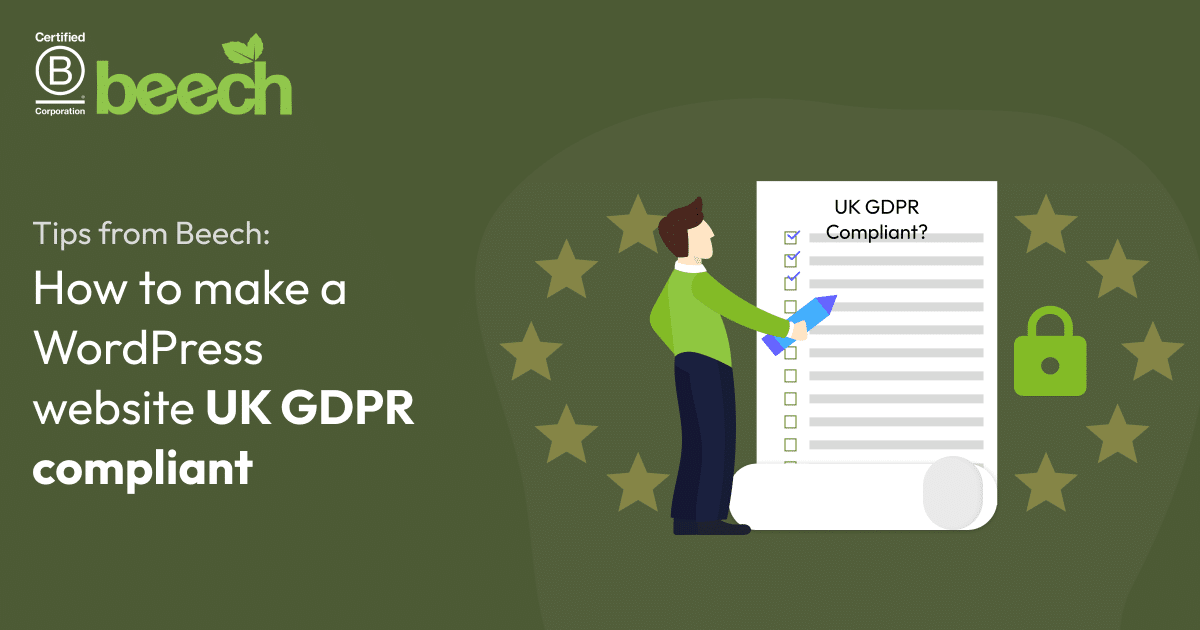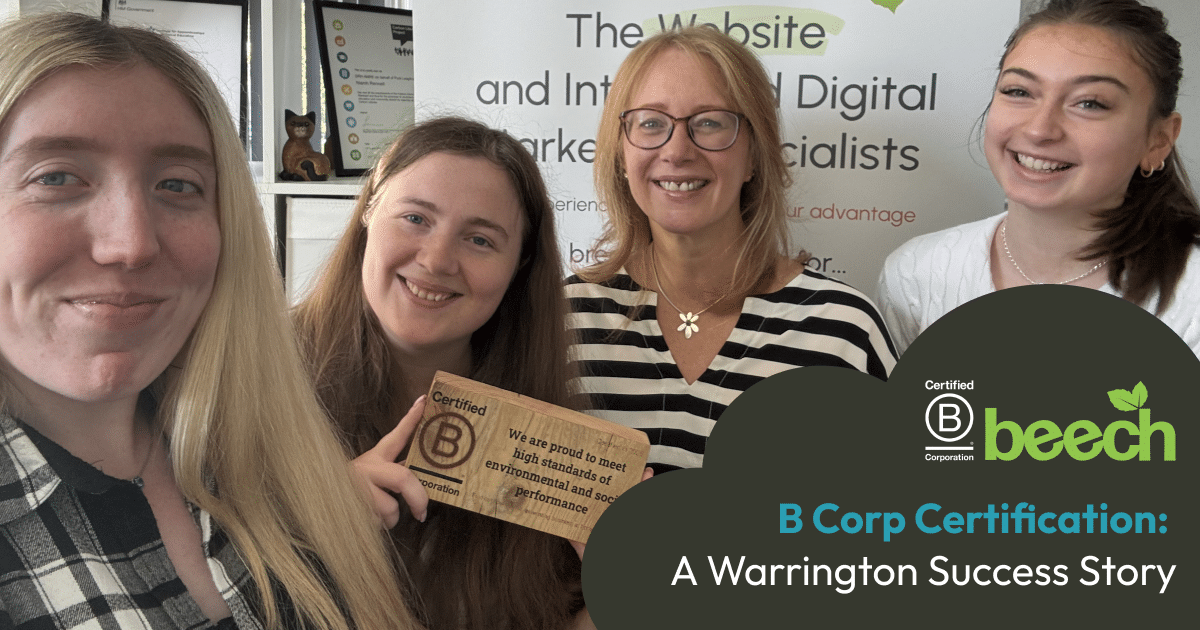Here’s what’s covered in this email marketing blog post:
- The fundamentals every brand should know
- Design principles to increase engagement
- How to create competitive advantages with sustainable email marketing
- Maintaining a valuable mailing list and strong audience relationships
- Key metrics to track performance and inform future campaigns
As one of the most powerful digital marketing tools, email marketing can help organisations drive website visitors, social media reach and improve conversions. We’re providing actionable email marketing tips and recommendations for a digital marketing strategy.
The Fundamentals of Email Marketing
Work alongside other digital marketing activities
Every successful email campaign begins with clear purpose, aligned with an organisation’s goals. Rather than seeing email as a standalone tactic, with individual goals and requirements, it’s more strategic to integrate it into an overall plan, complementing other online activities.
This allows us to:
- Nurture leads throughout the customer journey
- Announce products and services across multiple platforms
- Encourage website visitors and build brand awareness to stand out from competitors.
Synchronising email alongside blog posts, social media content and even Google Ads means that they can each work together to increase brand awareness and help the audience along their decision-making process.
Our advice: Plan email campaigns alongside social media calendars or ad campaigns. Set clear timelines and milestones, outline goals, then build content around this to deliver a cohesive strategy.
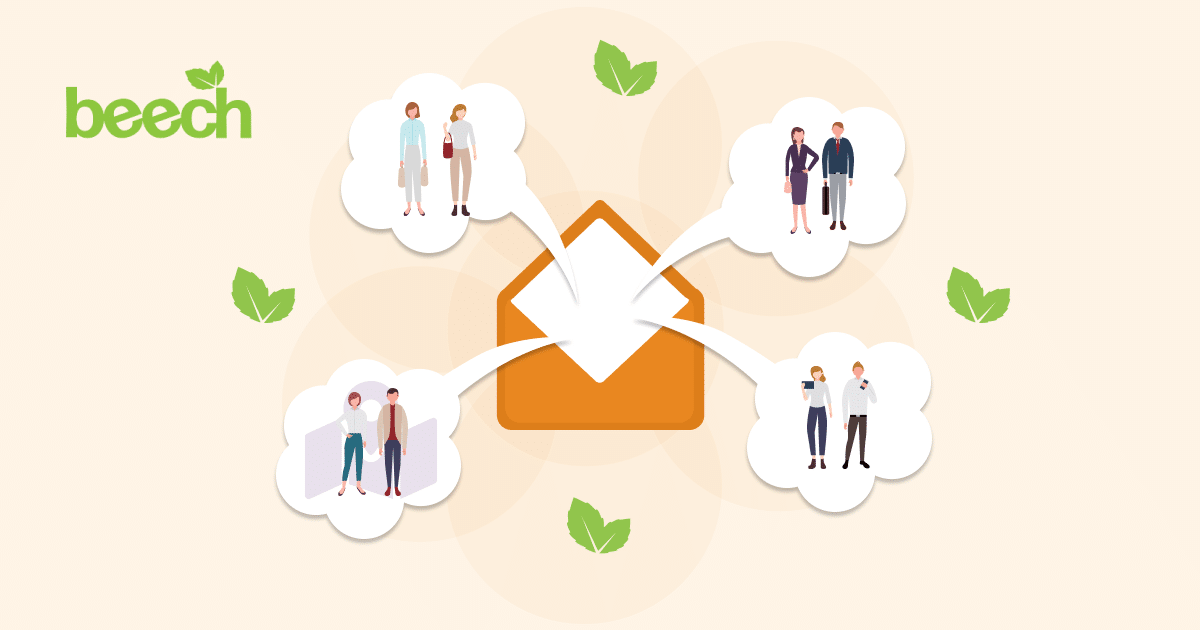
Understanding and Segmenting an Audience
Email marketing succeeds on personalisation, tailoring content to readers. By collecting audience insights using platforms like Google Analytics 4 (GA4) or social media, we can effectively segment an audience.
What does this mean?
Audience segmentation means looking beyond demographics data and creating mailing lists for the audience based on interests, values, responsiveness and occupation, to name a few.
Choose audience characteristics most valuable to the brand, then segment these audiences into separate lists. This way, the right content is shown to the people most likely to engage, such as offering discount codes to repeat customers.
Even basic segmentation dramatically improves performance, boosting open and click-through rates.
Consistency and Balance is Key
When planning campaigns, be conscious of frequency. Too many emails prompt unsubscribes; too few make subscribers forget they signed up, which means less opportunity to attract customers to a brand through email.
Watch metrics and review campaigns when unsubscribe rates increase. Keep reviewing the audience’s interactions with campaigns to understand their feelings towards content.
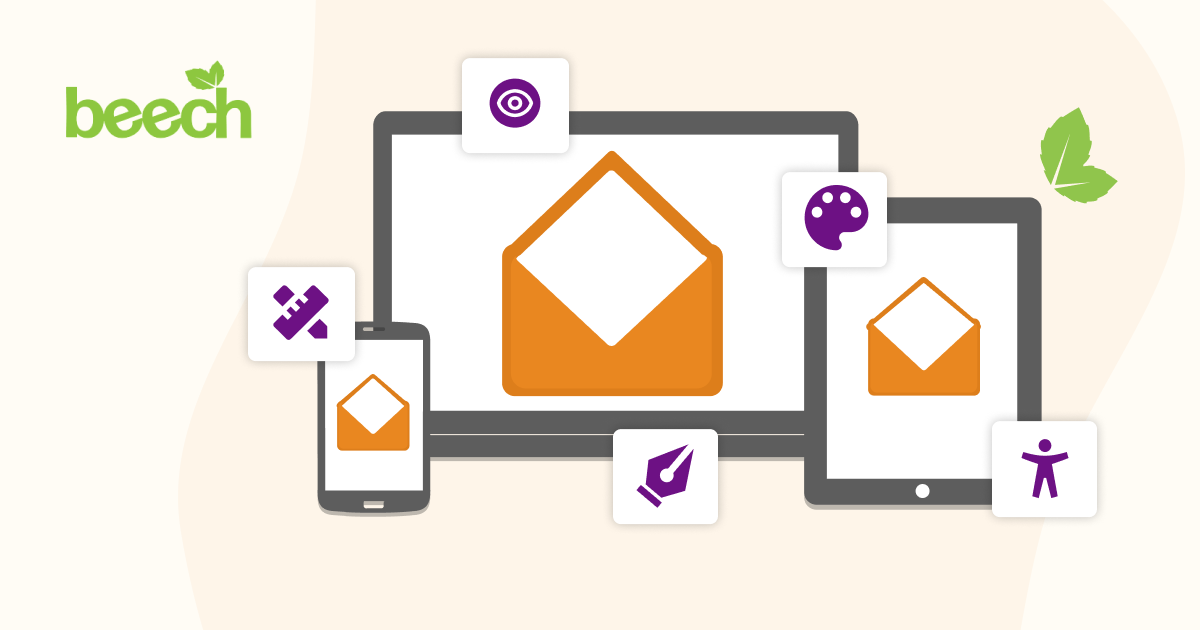
Designing Effective Email Marketing Templates
Are email newsletters working as hard as the website, or social media content?
A great email design isn’t only about looking good—it’s about creating a cohesive brand that converts ideal customers while staying true to values. Without an eye-catching, engaging design that not only resonates with a brand, but actively makes it more memorable in the customers eyes, we risk falling at the first hurdle.
Key design principles to consider:
Mobile Optimisation: According to Audience Point, over 60% of emails are opened on mobile devices. Emails must be adaptable, and responsive to the devices used by audiences. Implement single-column layouts, readable typography (font sizes over 14 pixels), and include touch-friendly buttons that are visible without scrolling. Always test designs on multiple devices.
Brand Consistency: Ensure emails extend the overall brand experience through consistent visuals that builds recognition and trust with an audience. Email marketing platforms like Mailchimp, Mailercloud, and our chosen platform Ecosend all offer template builders. Use these builders to integrate logos, custom graphics, colour schemes and fonts into every campaign.
Accessibility: Create inclusive designs with proper colour contrast (4.5:1 ratio minimum, as recommended by Web Content Accessibility Guidelines (WCAG 2.0)), descriptive alt text, and clear structure. Accessible emails typically drive higher overall engagement metrics, so it’s worth doing!
Utilise Calls to Action (CTAs): Add touchpoints throughout campaigns to guide readers toward meaningful engagement. Use specific, action-oriented language that prompts readers to act, such as “Buy Now” and “Talk to us today”. For more insight into persuasive techniques and how to use action-oriented language, read this blog on consumer biases.
With these design considerations in mind, organisations can deliver their messaging in an engaging, cohesive way and make the most of every campaign.
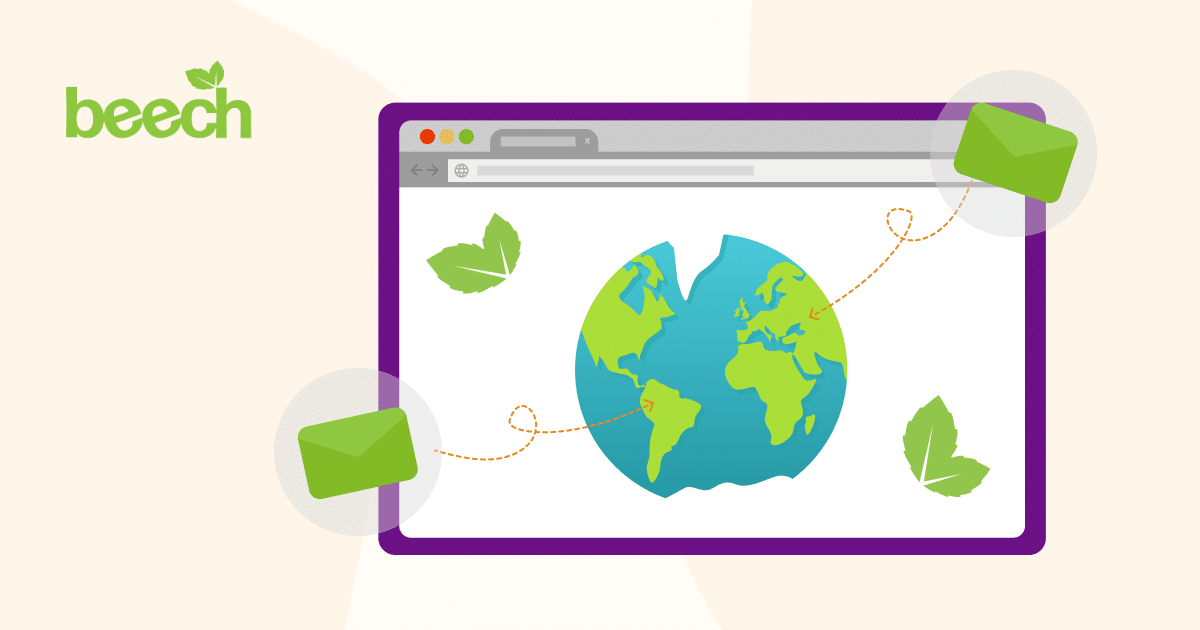
Beating the Competition with Sustainable Email Marketing
Many competitors aren’t looking at the environmental impacts of email marketing, and this could be what makes a business stand out.
Digital marketing has huge environmental impacts often overlooked, such as website development and hosting. But email also plays a huge role!
Of the 319 billion emails sent every day, each one contributes up to 26g of CO₂e emissions per email sent received and stored in a person’s inbox. That’s an eye-opening number for organisations, like Beech, which aim to operate sustainably wherever possible.
Sustainable email marketing is good for business, helping reach eco-conscious consumers while avoiding greenwashing, and beating competitors that can’t support sustainable claims. Reaching into this audience is an opportunity to appeal to those with likeminded values.
The Ecosend Approach
Choosing the right platform is essential when working to operate sustainably, which is why platforms like Ecosend are so impactful. This provider offers the following:
- Optimisation: The size of an email sent through EcoSend is up to 1/3 smaller than other platforms
- Offsetting: Any emissions generated are offset through EcoSend’s global tree-planting partnerships.
The benefits of switching to a sustainable provider like Ecosend include:
- Reduced carbon footprint across thousands of emails
- Improved brand reputation with environmentally conscious consumers
- Competitive advantages appealing to sustainability-minded audiences, standing out from competitors.
Make Email Marketing More Sustainable
Start by regularly cleaning mailing lists to remove disengaged subscribers. Optimise design by compressing images and considering dark mode designs, compatible with dark mode on devices, to reduce the energy to power a monitor or screen. Use segmentation to send relevant content to targeted audiences rather than entire lists.
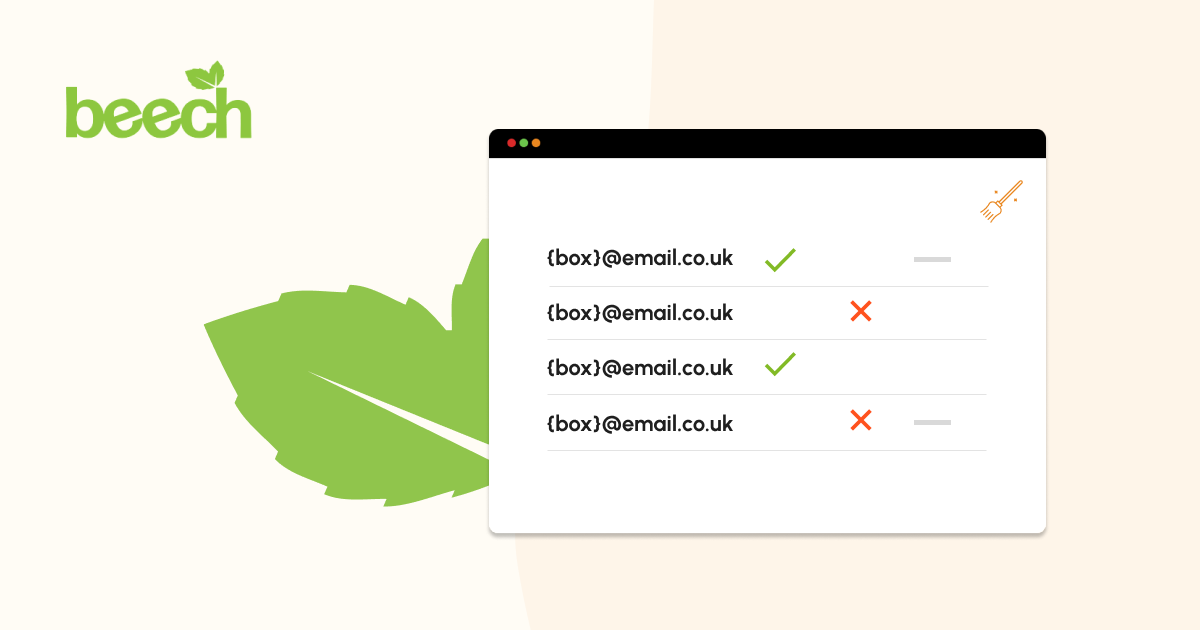
Mailing List Optimisation Strategies
To build a strong mailing list, think about:
- Adding a transparent opt-in and out process that establishes trust from the first interaction
- Utilising CTAs focused on specific pain points rather than generic offers
- Strategic form placements with tailored messaging for different segments, to encourage signups from the right people.
These points will help bring subscribers in, focused on attracting those interested in the brand and what’s on offer. Once we have the subscribers, then we focus on optimising and maintaining our list.
Optimisation and Maintenance
A large mailing list, with over 2,000 subscribers look great, but how engaged are the people being targeted?
Ways to maintain a mailing list include:
- Removing hard bounce email addresses that can’t be delivered to for a permanent reason, such as the recipient’s email address not existing or being permanently blocked by their server
- Monitoring soft bounces that suggest a temporary delivery failure, in case they become hard bounces
- Target disengaged recipients with different campaigns to reengage them, for example “We’ve missed you!” mailers
- Remove inactive subscribers that haven’t interacted with the brand in over 12 months.
Regular maintenance ensures campaigns reach the right people and helps identify the most valuable customers.
Be Compliant in Your Email Marketing
Email marketing must navigate UK General Data Protection Regulation (GDPR), Privacy and Electronic Communications Regulations (PECR), and other regulations to avoid illegally contacting or spamming their audience. To do this:
- Ensure there is a clear sign-up process, with opt-in information, so the recipient knows exactly what they’ve signed up for
- Include visible, one-click unsubscribe options and provide recipients with confirmation when unsubscribing
- Process opt-out requests immediately to avoid continuing to send campaigns once someone has opted away
- Maintain detailed consent records of a recipient’s activity (these are often available on email marketing platforms themselves).
Many inactive subscribers may still value a brand but feel overwhelmed by email volume or irrelevant content. Understanding these people helps determine if they remain valuable to a list.
These methods ensure compliance and build trust with the audience, leading to more valuable communication.
Key Metrics to Inform Decisions
When looking at email marketing campaigns, it’s important to use valuable metrics to dictate success and to inform future decision making.
Vanity metrics and ‘fluffier’ statistics offer less value to a brand and aren’t as useful when creating an ongoing strategy. Instead, look at the following elements when measuring data in campaigns:
Click through rate (CTR): To calculate how interactive content is to an audience, and on some platforms, which links and calls to action were most successful
Conversion rate: Including the number of enquiries sourced from email campaigns, products bought, or interest registered in a service
The lifetime value of a subscriber: This will help to review who’s most interactive throughout campaigns, and therefore likely to be a valuable customer. This will also provide useful insight when maintaining the mailing list
Website traffic from email marketing: This can be found using Google Analytics, and will determine how well email marketing expands the brand’s visibility across platforms.
With these metrics in mind, we can tailor our content, optimise campaigns, and set clear and realistic objectives for future email marketing. All this contributes to a stronger strategy using this channel and further supports our overall digital marketing approach.
In Conclusion
When done well, email marketing creates a direct line of communication between a brand and the audience that few channels can match, and organisations can find many benefits from using email marketing in a strategic, creative and sustainable way.
If you need help with strategic planning, creative design, technical implementation, or performance analysis like the areas discussed in this blog, why not choose a digital marketing partner to help?
It doesn’t matter if you’re at the beginning of an email marketing journey or looking to revisit this marketing method for your brand.
Contact us today to find out how we can support your organisation through effective email marketing that complements your marketing strategy.



